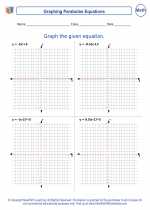Six-Sided Die Study Guide
What is a Six-Sided Die?
A six-sided die, often abbreviated as d6, is a cube-shaped object with each face featuring a different number from 1 to 6. It is commonly used in various games and probability experiments.
Understanding the Six-Sided Die
Each face of the six-sided die has a number from 1 to 6. When rolled, the outcome is determined by the number that lands facing up. The probability of getting a specific number on a six-sided die is 1/6 since there are 6 possible outcomes.
Rolling a Six-Sided Die
When rolling a six-sided die, each outcome has an equal probability of occurring. This means that the likelihood of getting any number from 1 to 6 is the same.
Applications of Six-Sided Die
Six-sided dice are commonly used in board games, role-playing games, and gambling. They are also used to teach concepts of probability and randomness in mathematics and statistics.
Practice Problems
- What is the probability of rolling a 3 on a six-sided die?
- If you roll two six-sided dice, what is the probability of getting a sum of 7?
- In a board game, a player needs to roll a 6 to win. What is the probability of winning on the first roll?
Answers to Practice Problems
- The probability of rolling a 3 on a six-sided die is 1/6.
- The probability of getting a sum of 7 when rolling two six-sided dice is 6/36 or 1/6.
- The probability of winning on the first roll by rolling a 6 is 1/6.
By understanding the properties and probabilities associated with a six-sided die, you can apply these concepts to various scenarios and games that involve randomness and chance.
.◂Math Worksheets and Study Guides Seventh Grade. Nonlinear Functions and Set Theory

 Worksheet/Answer key
Worksheet/Answer key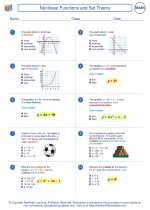
 Worksheet/Answer key
Worksheet/Answer key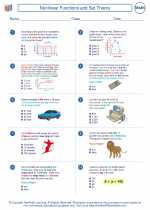
 Worksheet/Answer key
Worksheet/Answer key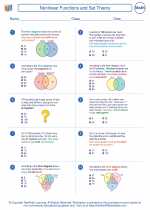
 Worksheet/Answer key
Worksheet/Answer key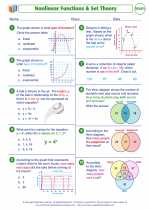
 Worksheet/Answer key
Worksheet/Answer key